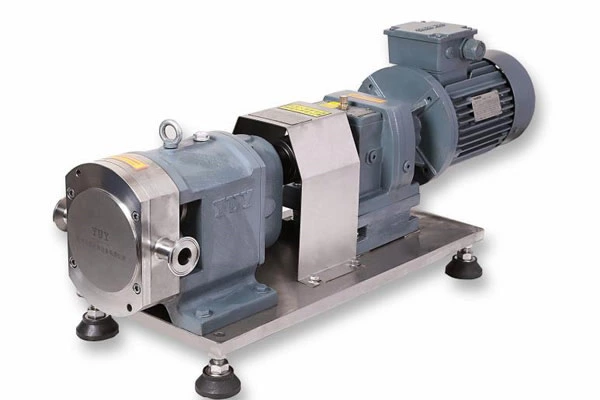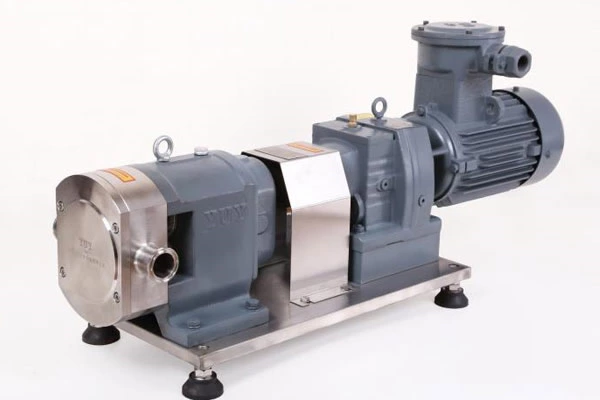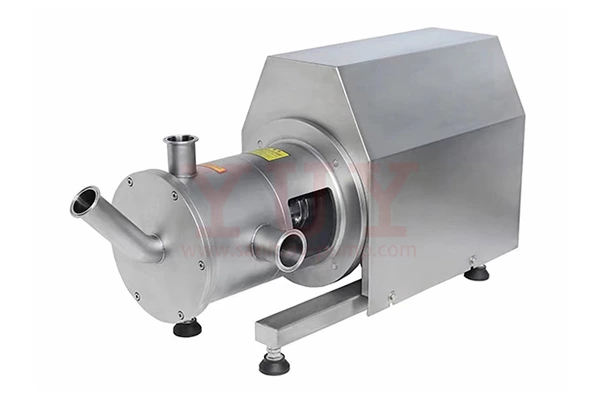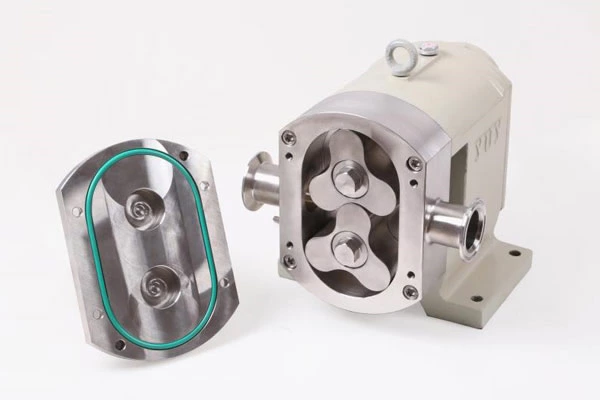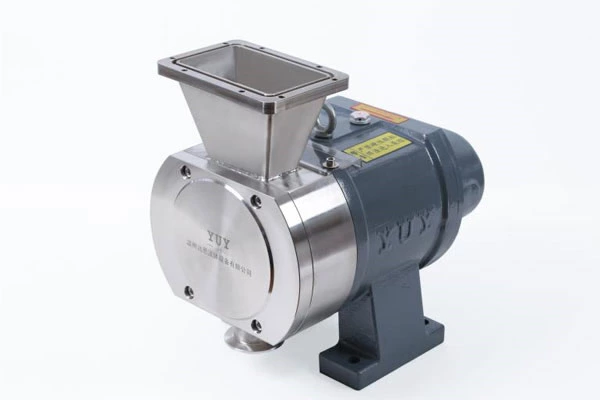What Are The Types Of Seals For Sanitary Rotary Lobe Pumps? What Are Their Characteristics?
Different Sanitary Rotary Lobe Pump have different sealing forms. The editor will now take stock of the sealing forms of sanitary rotary cam pumps. What are their characteristics?
The main sealing forms of sanitary rotary cam pumps are: oil seal, gasket seal, thread seal, labyrinth seal, packing seal, power seal, and mechanical seal.
1. Oil seal
It is a self-tightening lip seal with a simple structure, small size, low cost, easy maintenance, and small resistance torque. It can prevent medium leakage and external dust and other harmful substances from invading. It also has a certain compensation ability for wear, but it is not resistant to high pressure, so it is generally used in sanitary rotary cam pumps in low-pressure occasions.
2. Gasket seal
The gasket is the basic component of the static seal of the centrifugal pump and has a very wide range of uses. The selection of the gasket is mainly determined by factors such as the conveying medium, temperature, pressure and corrosiveness of the sanitary rotary cam pump.
3. Thread seal
There are generally two forms on sanitary rotary cam pumps, one is threaded gasket seal, the other is thread plus filler seal, both of which are used for sealing occasions with small diameter threaded connections. The seal of the threaded electric diaphragm pump gasket seal is a gasket, and the thread only provides the role of clamping force.
4. Labyrinth seal
When the design is reasonable, the processing is fine, the assembly is intact, and the speed is high, the labyrinth seal works very well. However, in actual applications, the sanitary rotary cam pump leaks a lot, so it is not commonly used in the sealing of sanitary rotary cam pumps.
5. Packing seal
It is to put the compressible and resilient packing into the stuffing box, and rely on the axial clamping force of the gland to convert it into radial sealing force, so as to play a sealing role.
This sealing method is called packing seal, and this packing is called sealing packing. Because the packing seal has a simple structure, is easy to replace, is inexpensive, and adapts to a wide range of speeds, pressures, and media, it is widely used in the design of sanitary rotary cam pumps.
6. Dynamic seal
When the sanitary rotary cam pump is in operation, the pressure head generated by the auxiliary impeller balances the high-pressure liquid at the outlet of the main impeller, thereby achieving sealing. When the pump is stopped, the auxiliary impeller does not work, so a parking seal must be equipped at the same time to solve the leakage of the sanitary rotary cam pump that may occur during parking.
The auxiliary impeller seal has a simple structure, reliable sealing, and a long service life. The sanitary rotary cam pump can achieve watertightness during operation, so it is often used in sanitary rotary cam pumps that transport impurity-containing media.
7. Mechanical seal
Now the most widely used sealing form in the sanitary rotary cam pump industry, because mechanical seals have the advantages of less leakage and long service life, so mechanical seals are the most important shaft sealing method in these equipment in the world today. Mechanical seals are also called end face seals. In the relevant national standards, it is defined as: "A device that prevents fluid leakage by maintaining contact and relative sliding of at least one pair of end faces perpendicular to the axis of rotation under the action of fluid pressure and the elastic force (or magnetic force) of the compensation mechanism and the cooperation of auxiliary seals."
